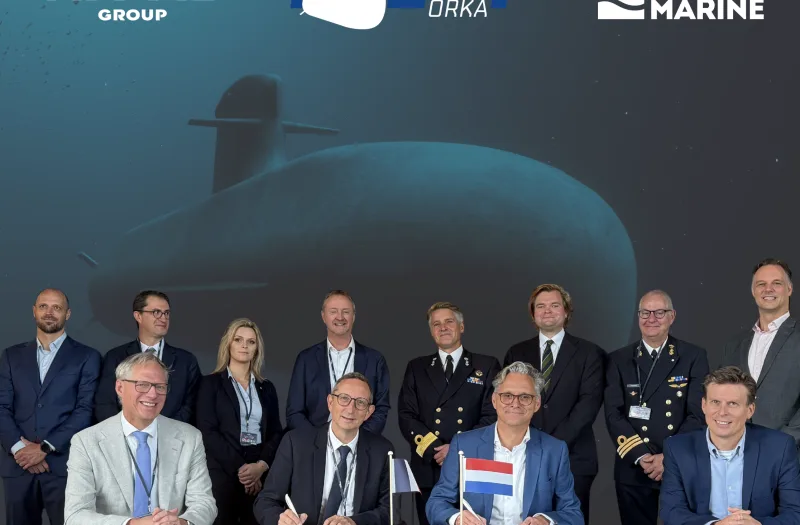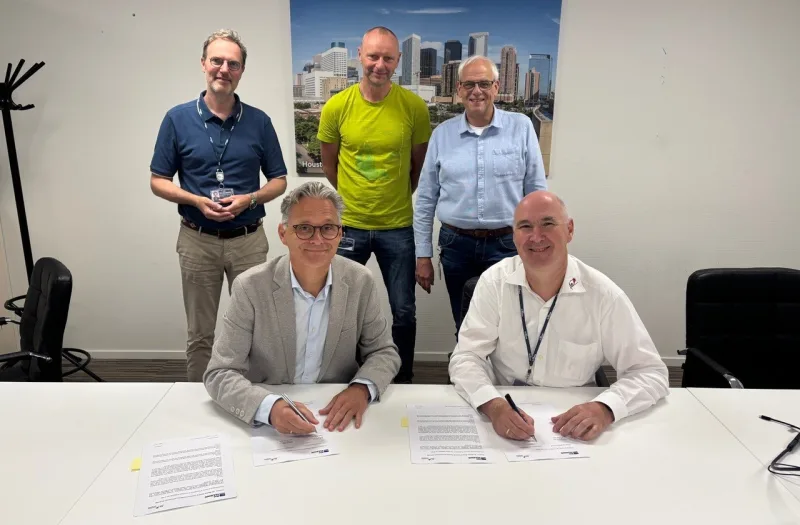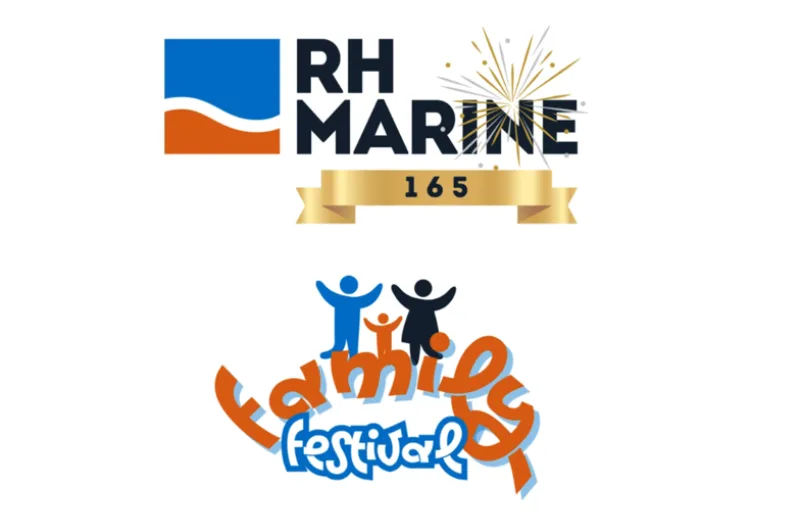Marineschepen kunnen schade oplopen. Bijvoorbeeld tijdens gevechtshandelingen, maar ook in vredestijd door aanvaringen, brand of uitval van systemen. Om de procedures bij dit soort calamiteiten te trainen, heeft RH Marine de Multi Platform Procedure Trainer (MPPT) ontwikkeld. Hiermee kan de Koninklijke Nederlandse Marine Technische Opleidingen (KNMTO) de situaties aan de wal in een veilige situatie trainen.
MPPT
The MPPT will allow the KMTO to train different firefighting, spill or engine failure procedures for a large number of ship classes on the same simulator. Initially, the crew of air defence and command frigates (LCFs) will be able to use this training environment. Such large-scale contingency exercises cannot be conducted on board. The aim of the MPPT is therefore to be able to train these procedures, related to calamities and malfunctions, as realistically as possible in a safe environment.
Universally deployable
RH Marine, together with the KMTO, started developing a generic trainer two years ago. In the past, each ship class had its own simulator. The new MPPT simulator is universally applicable, a big advantage for the KMTO. "Now, with the push of a button, an instructor can adapt the entire training environment within seconds to the class of ship for which a specific emergency procedure needs to be trained. Navy personnel who have anything to do with the technical installations on board can use the simulator to learn the established procedures," explained Technical Automation Specialist Ron Wouters and Consultant Alarm, Monitoring & Control Ronald Langeveld of RH Marine. Another advantage is that several teams from different ships can train on it simultaneously and independently. This can be done individually or in teams, and is applicable from operators to commanders.
Phased project
The MPPT is primarily used for the procedural training of the crew of the Royal Netherlands Navy's Air Defence and Command Frigates (LCFs): the Zr.Ms. De Zeven Provinciën, Zr. Ms. Tromp, Zr. Ms. De Ruyter and Zr. Ms. Evertsen. For those ships, the introduction of the MPPT coincides with the renewal of the automation platform systems by an RH Marine system. "It is a phased project and in the first phase the MPPT is only applicable for the LCFs. In the future, it will also be possible for more ship classes," Langeveld explains.
Other applications
The MPPT can also be supplied to other naval organisations of other countries or used in other sectors, such as dredging. Wouters: "Dredging companies also have to deal with procedures and calamities, such as leaks or problems with a suction pipe, for example. Those procedures can also be trained in such a training environment ".
Testing for construction
RH Marine is a key partner of the Royal Navy in the development and supply of bridge and navigation systems, automation systems and energy management systems. The new trainer was developed from scratch together with the Royal Navy. Simultaneously with the development of the MPPT, RH Marine is digitising and automating various Navy emergency procedures. A new communication system has also been developed, including for public address messages played during emergencies. Another advantage of the MPPT is that automation systems and applications and other processes can be 'tested and validated before new ships are built or before the systems are installed on board.



